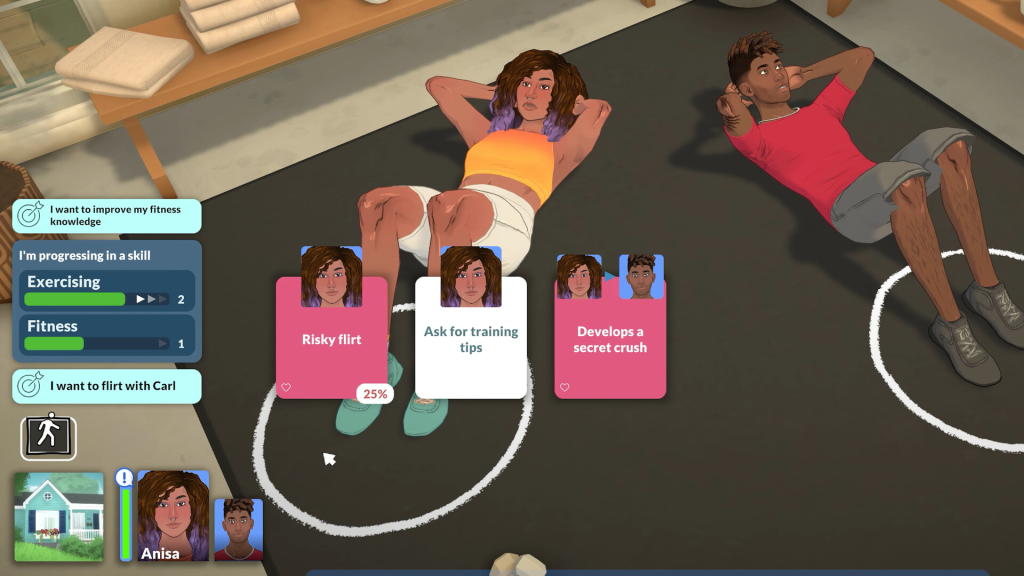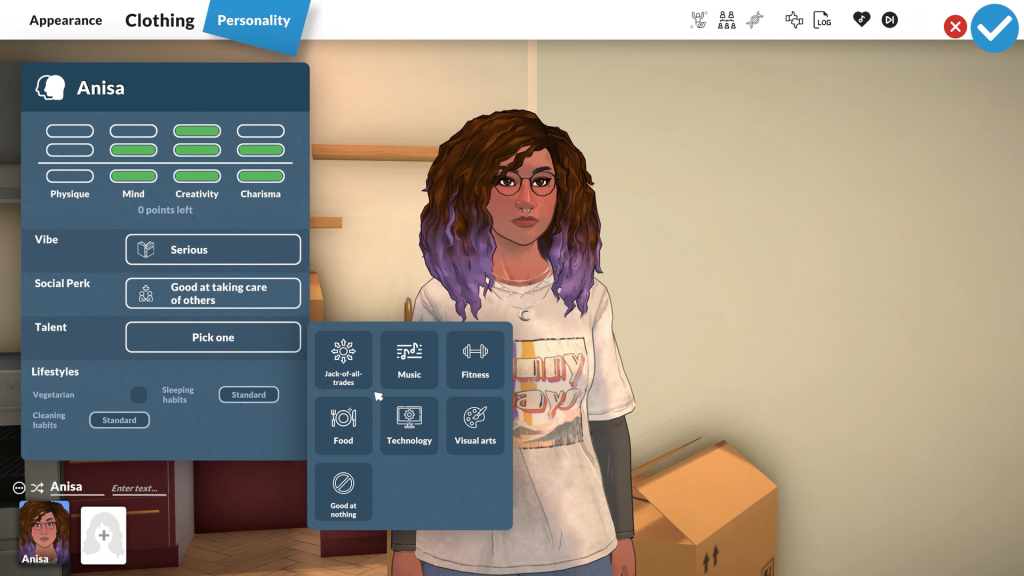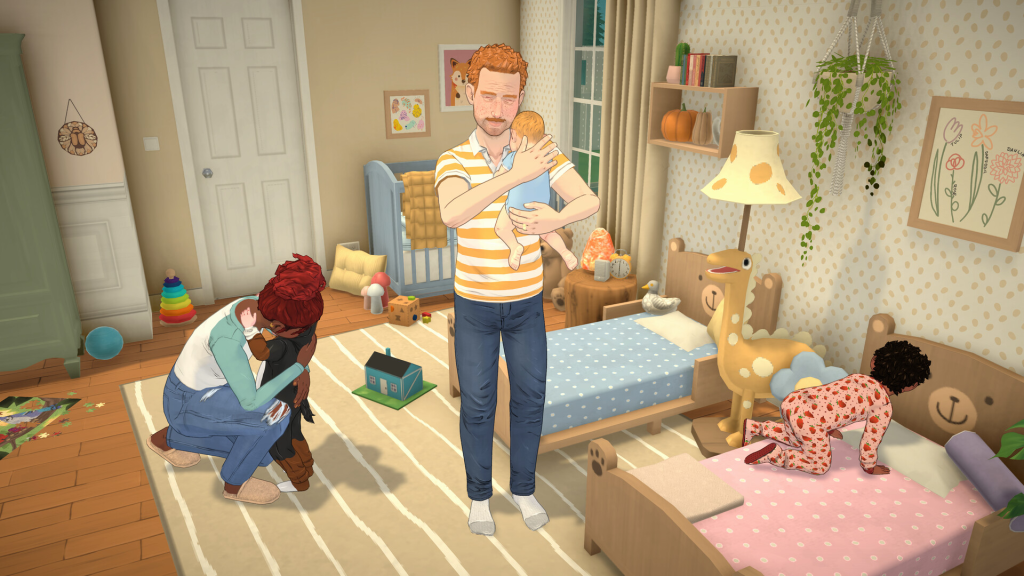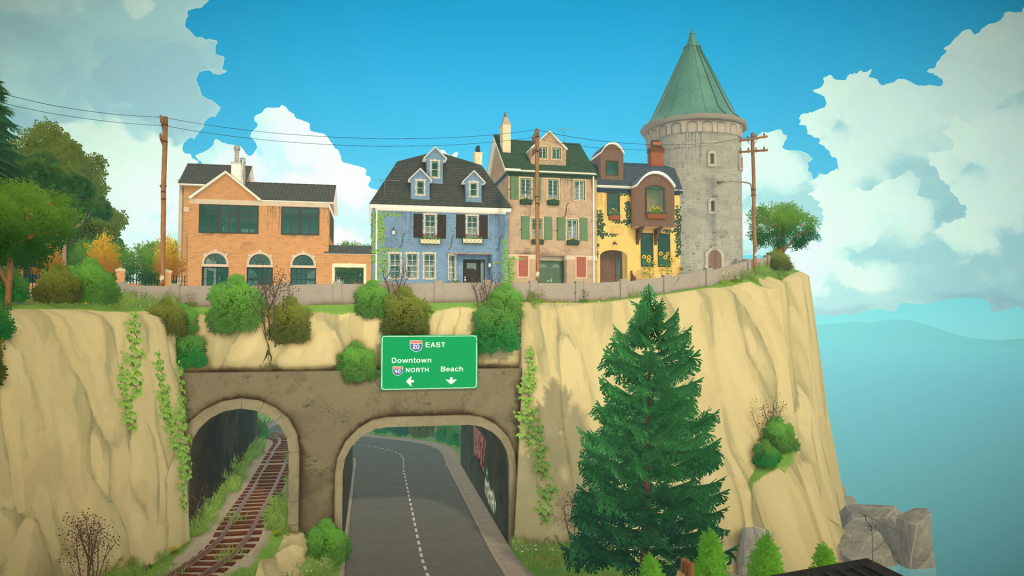Paralives, the long-awaited indie life sim and cozy competitor to The Sims 4, finally has an early access date: December 8, 2025. The developers shared a new roadmap revealing what will (and won’t) make it into launch—and what’s coming over the next two years.
Players can expect to manage their Paras’ needs, relationships, and careers, but early access will start small: no birthdays, weddings, or major life events just yet, and the town will initially feel a little quiet outside of some shops and collectibles.

That said, the powerful Paramaker character creator and build tools will be ready from day one—complete with mod support, plenty of furniture, and that signature cozy aesthetic. Features like pools, basements, cars, pets, and deeper family gameplay are all planned for later updates.
And in a refreshing twist for the genre, all future expansions and updates will be free, no nickel-and-diming required. Paralives may launch lean, but with community feedback and steady growth ahead, it’s shaping up to be a heartfelt, player-driven alternative in the life sim space.

What is Paralives?
The developers describe it as a “dollhouse life simulation,” focused on creativity, inclusivity, and cozy, open-ended play. It’ll cost $39.99 USD at launch, with the team confirming one of the most player-friendly promises in the genre: all future updates and expansions will be free—no paid DLC ever.
At launch, players can expect a fully open world with one editable town, dynamic day-night cycles, and deep customization through the Paramaker, which allows for body sliders, tattoos, scars, and gender-inclusive clothing options.
The Build Mode offers gridless construction, terrain tools, and full color control—everything from walls to furniture can be resized, stacked, and recolored. Meanwhile, Live Mode brings Parafolks to life with evolving relationships, needs, careers, and even the chance for aging, parenting, and parties. Pets, weather, and family trees are planned for free post-launch updates.
Representation and inclusivity are central to Paralives’ identity. The team has committed to accessible gameplay, LGBTQIA+ visibility (including functional binders), and decorative items representing disabilities, with more complex features to come later. With a handcrafted soundtrack, robust mod support via Steam Workshop, and an emphasis on creativity over microtransactions, Paralives is shaping up to be the cozy, player-first sandbox sim fans have been waiting for.

2025: The Era of Sims Rivals
For many longtime Simmers, the search for an alternative to The Sims 4 comes from years of quiet frustration.
The series remains iconic, but its charm has worn thin under the weight of expensive DLC, shallow systems, and stagnant design. Players are weary of paying for piecemeal expansions; content that once felt essential now sits behind dozens of paywalls. Beyond the cost, The Sims 4’s world can feel static and disconnected, its emotions shallow, and its autonomy limited.
Builders lament the lack of creative freedom, constrained by grids, rigid walls, and simplified tools that make true architectural expression difficult. Others miss the open-world magic of The Sims 3, where neighborhoods breathed and stories unfolded seamlessly. Despite progress toward inclusivity, many feel representation arrived late and still lacks depth, while persistent bugs and performance issues continue to plague updates.
Cozy gamers crave a life simulation that feels alive again, one that values imagination, authenticity, and community over monetization. They want a space where creativity flourishes without compromise, where updates come from passion rather than profit, and where the world feels as warm and unpredictable as life itself.

EA Sells Out for Good?
With competitors like Paralives and inZOI rising on the horizon, long-time Sims players have grown increasingly disillusioned with a series once known for its charm and creativity. Years of fractured DLC, diminishing innovation, and corporate-driven design have eroded much of the goodwill that once defined the franchise. For many, EA’s $55 billion buyout feels like the final nail in the coffin.
While the company insists its “mission and values remain unchanged,” that reassurance only deepens the unease.
EA’s current values, shaped by monetization and risk-averse decision-making, stand in stark contrast to what The Sims community has always cherished: player freedom, diversity, and storytelling without limits. The involvement of Saudi Arabia’s Public Investment Fund further complicates matters, raising questions about creative control, censorship, and the safety of inclusive representation.
Promises that “nothing will change” ring hollow to a fanbase already weary of corporate spin. For many players, this moment doesn’t just mark the end of an era but a turning point—one that may finally drive them toward indie alternatives that prioritize imagination, trust, and authenticity over profit.

3 Things Paralives Needs to Accomplish to Be Successful
If Paralives is to inherit the sandbox life-sim throne, it must deliver on more than pretty building tools and early buzz. After two decades of The Sims defining and dominating the genre, players are hungry for something that understands what made it special—freedom, creativity, and heart—without repeating its mistakes. To truly succeed, Paralives needs to balance innovation with soul.
1. Prioritize Depth Over Quantity
Fans are tired of shallow expansions and empty systems that look good on paper but feel lifeless in play. Paralives must offer a world that feels genuinely alive, where relationships evolve naturally, routines carry meaning, and small details give rise to big emotions. Every interaction should matter, not just decorate the experience.
2. Empower Player Creativity Without Restriction
The series that inspired Paralives was at its best when players could tell their own stories without constraint. That means robust tools for building, decorating, and customizing characters, but also systems that allow stories to emerge organically. Open mod support, flexible design tools, and thoughtful quality-of-life features will make creativity feel effortless rather than cumbersome.
3. Build Trust Through Transparency and Integrity
After years of fragmented DLC and corporate maneuvering, life-sim fans have trust issues. For Paralives to stand apart, its team must continue what it’s already done so well: stay open, communicate clearly, and resist exploitative monetization models. Players aren’t looking for another live-service treadmill; they’re looking for a world they can settle into and make their own.
If Paralives can achieve all three—depth, creativity, and trust—it won’t just rival The Sims. It will redefine what a life simulation can be: a space that celebrates imagination, honors player agency, and restores the quiet joy that made so many fall in love with the genre in the first place.
What do you think?
Stay cozy, gamers!
